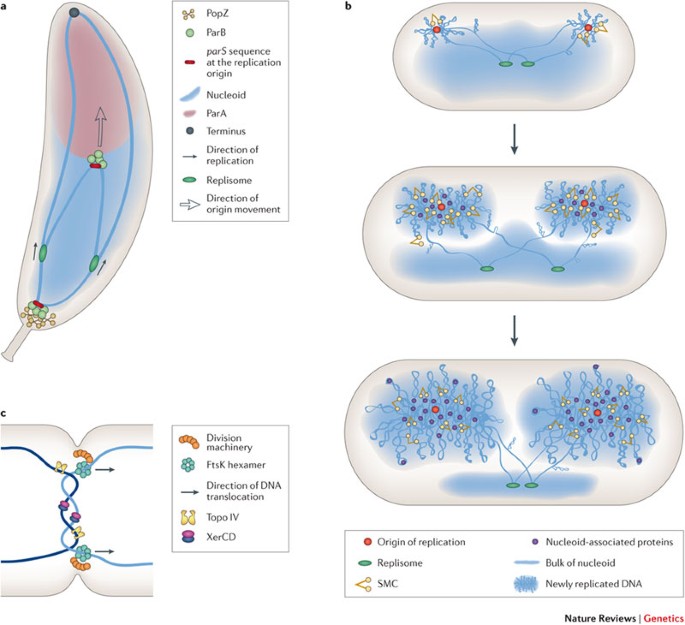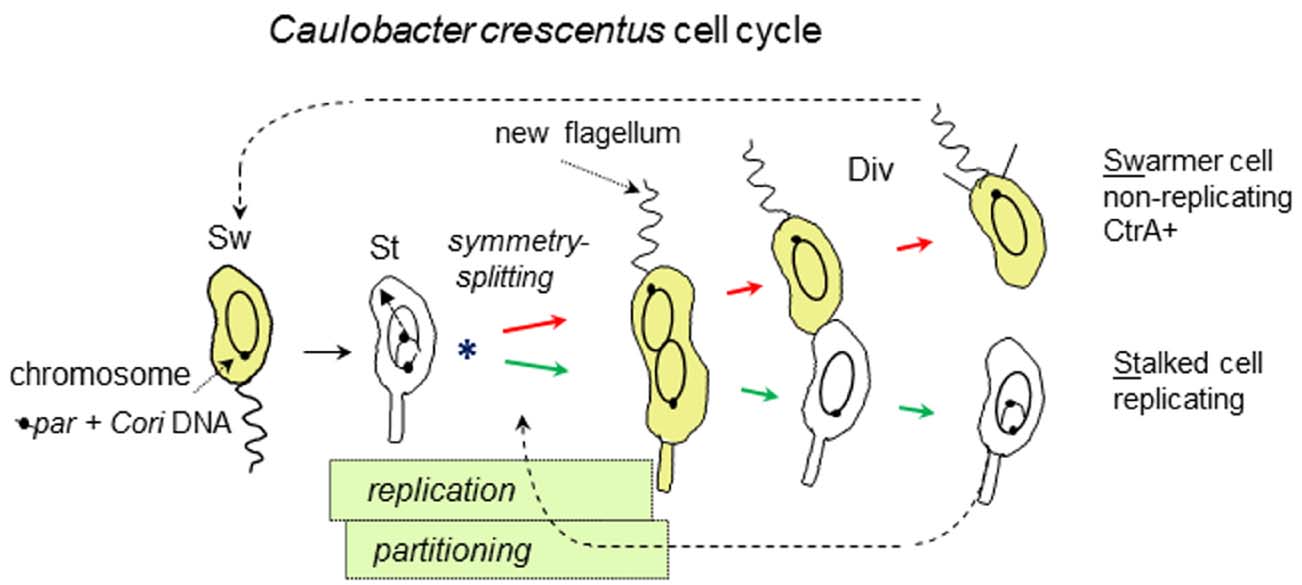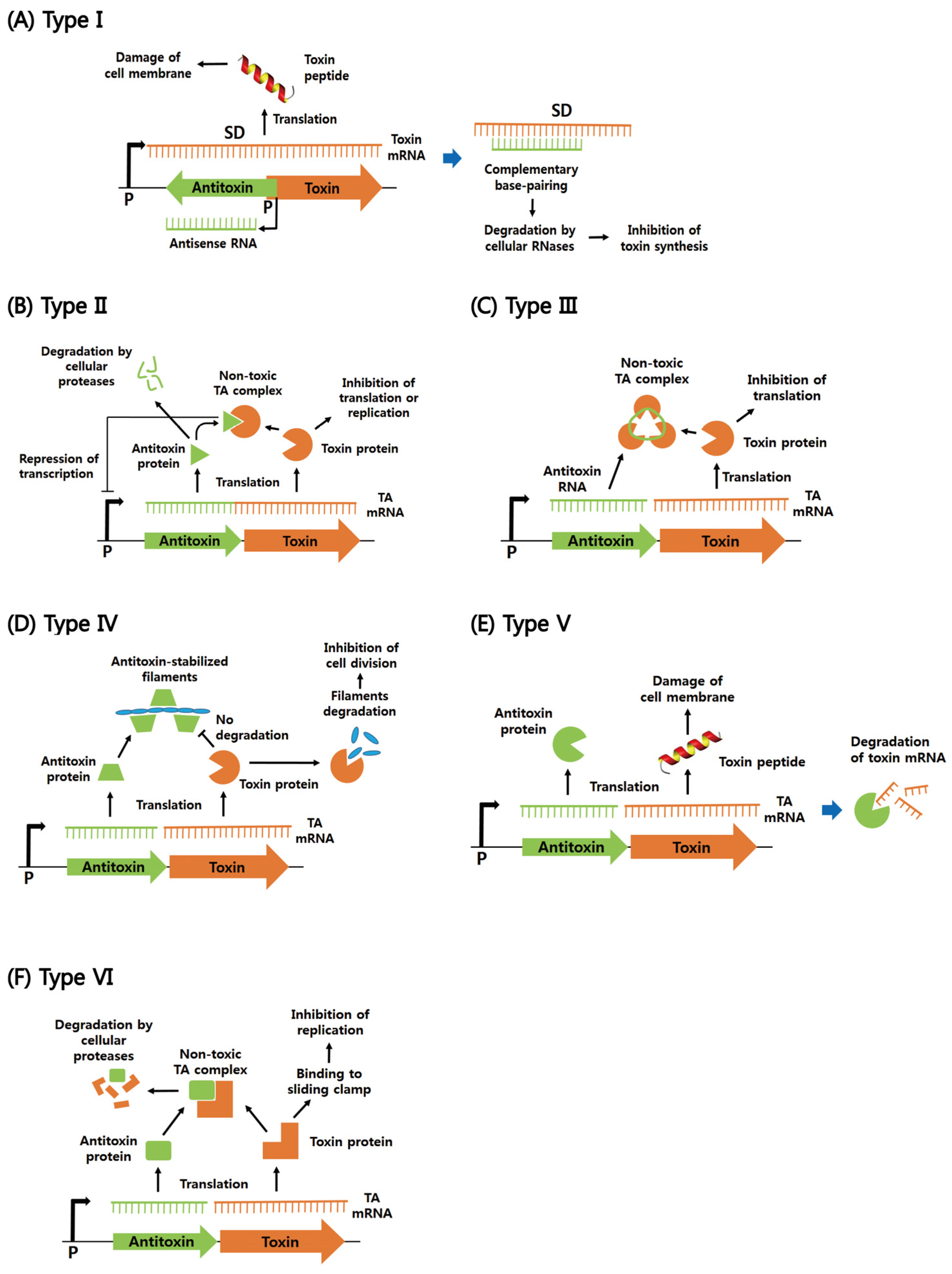Par System In Bacteria

Arbeiten aus dem bakteriologischen institut der technischen hochschule zu karlsruhe 1 hft.
Par system in bacteria. This detection system is composed of 11 sybr green qpcr assays for the detection of salmonella and listeria genera and their discrimination at species and sub species levels. As an example bhp inhibition after par plus uva exposure was less marked compared to the other treatments in experiment 2 i e par only or full sunlight although the difference was not significant tukey s test p 0 05. The innate immune system recognizes microbial products using germline encoded receptors that initiate inflammatory responses to infection. The para atpase the parb dna binding protein and the cis acting pars sequence.
The parabs system is a broadly conserved molecular mechanism for plasmid partitioning and chromosome segregation in bacteria originally identified as a genetic element required for faithful partitioning of low copy number plasmids it consists of three components. In the time since they have made tweaks to the system that helped to maintain the acidity of the water in the reactor which stopped the bacteria from detaching from the nanowires as the ph of. Immunology has a long history and researchers around the world faced with the enemies of human life have solved numerous immunological mysteries and contributed to a paradigm shift in immunology. Ueber ein neues system der bakterien.
Psk1 is a plasmid from staphylococcus aureus. Bacteria lack a membrane bound nucleus and other internal structures and are therefore ranked among the unicellular life forms called prokaryotes prokaryotes are the dominant living creatures on earth having been present for perhaps three quarters of earth history and having adapted to almost all available ecological habitats. 2 235 238 4. It is known as a multi component system that always involves enzymes of the plasma membrane and those in the cytoplasm.
Psk1 partition system reviewed in. The bacterial cell wall component peptidoglycan is a. This system represents the first evidence for a mechanistic interplay between plasmid segregation and conjugation processes. This plasmid has a partition system determined by a single gene par previously known as orf245.
However we measured some variability in the response of bacteria to the different wavebands table table2.
















